Weather
Pollen allergy and hay fever
As soon as the first pollen grains appear again in the air, the dates of beginning and end of the season will be updated in the overview below.
| Allergen | Beginning of the season | End of the season |
|---|---|---|
| Alder | 01 February 2025 | 28 March 2025 |
| Ash | 15 March 2025 | 18 April 2025 |
| Birch | 21 March 2025 | 23 April 2025 |
| Grasses | 28 April 2025 | |
| Hazel | 27 January 2025 | 26 March 2025 |
| Mugwort | ||
| Oak | 04 April 2025 |
Birch
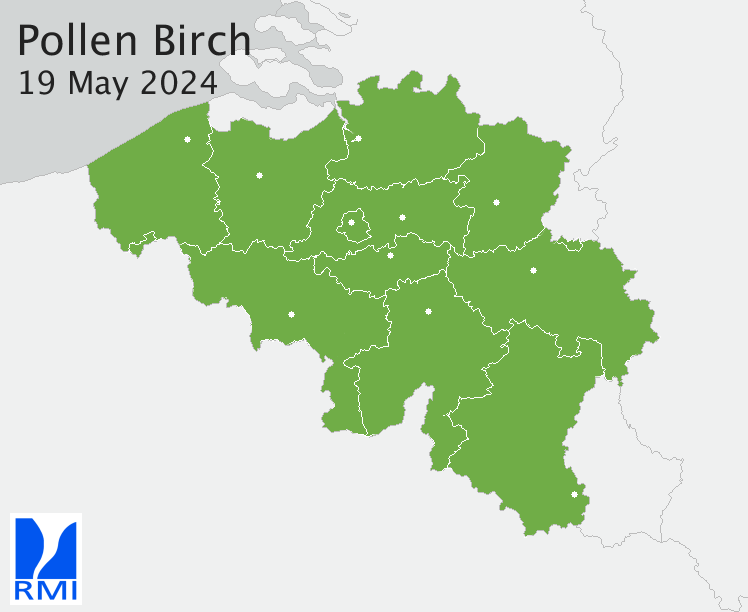
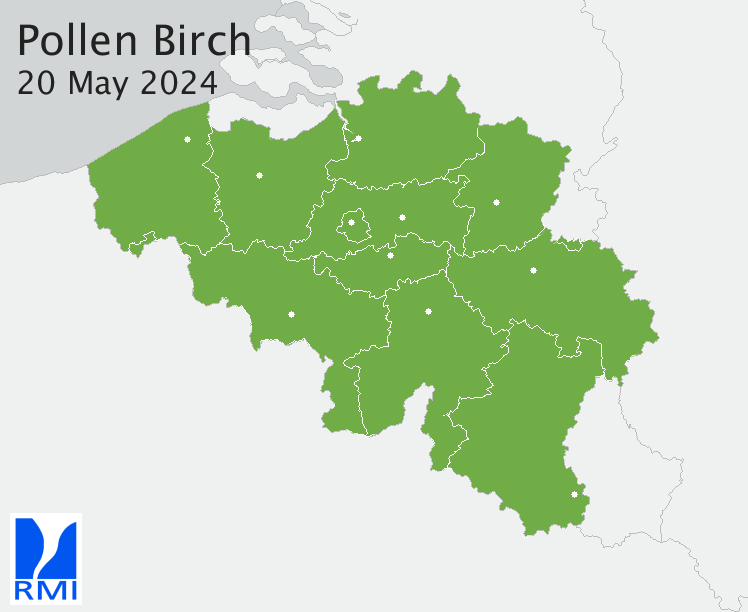
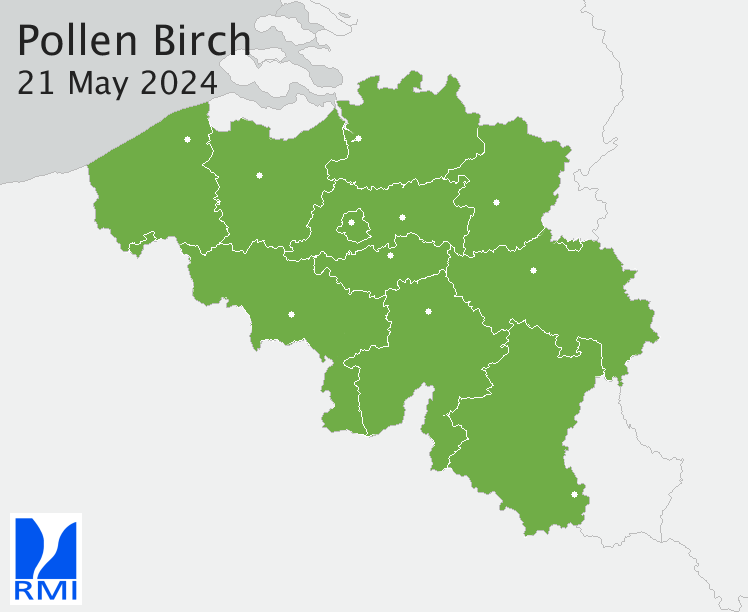
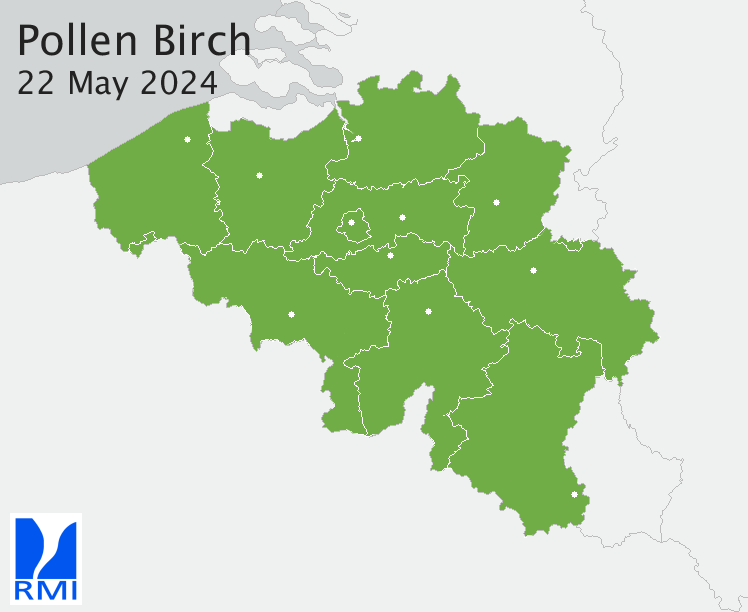
Alder
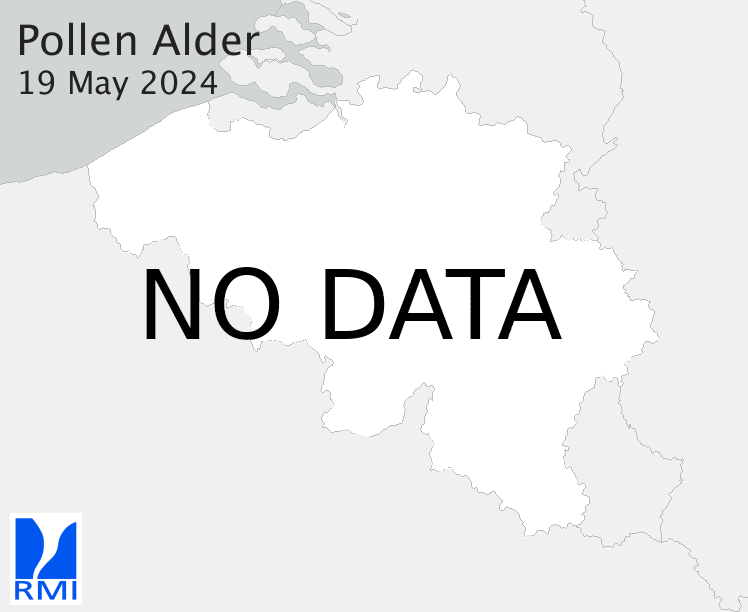
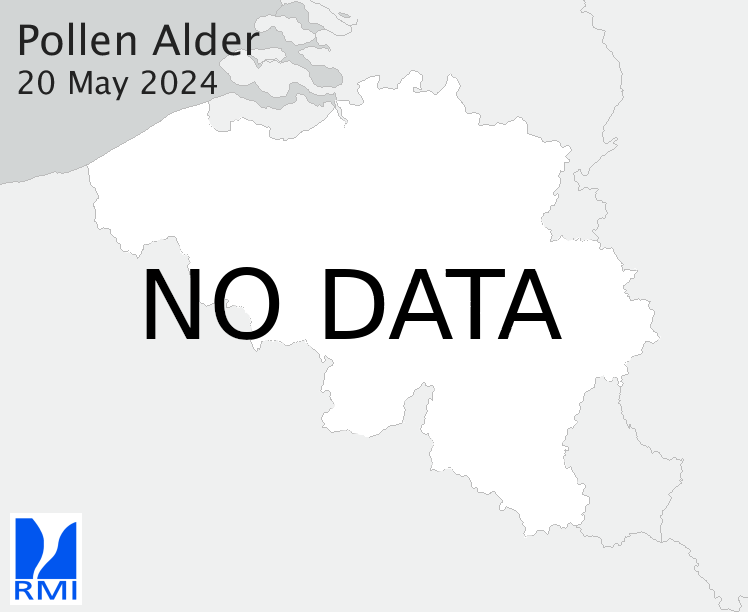
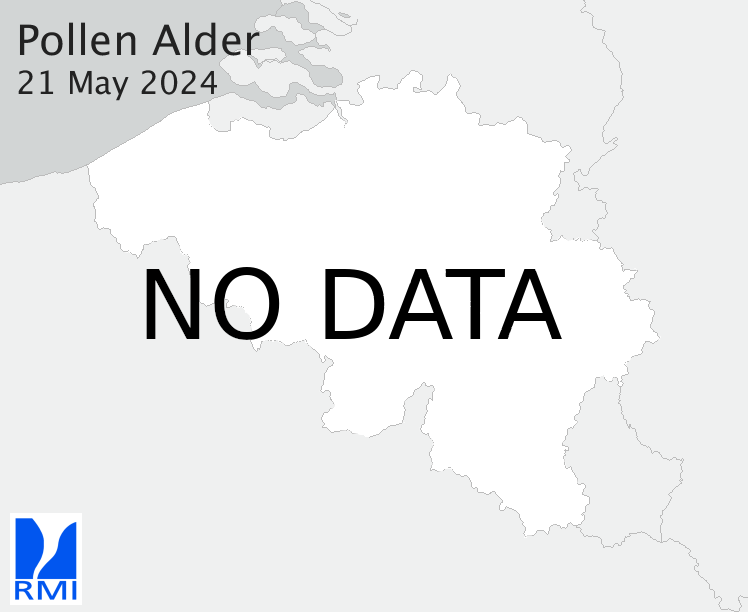
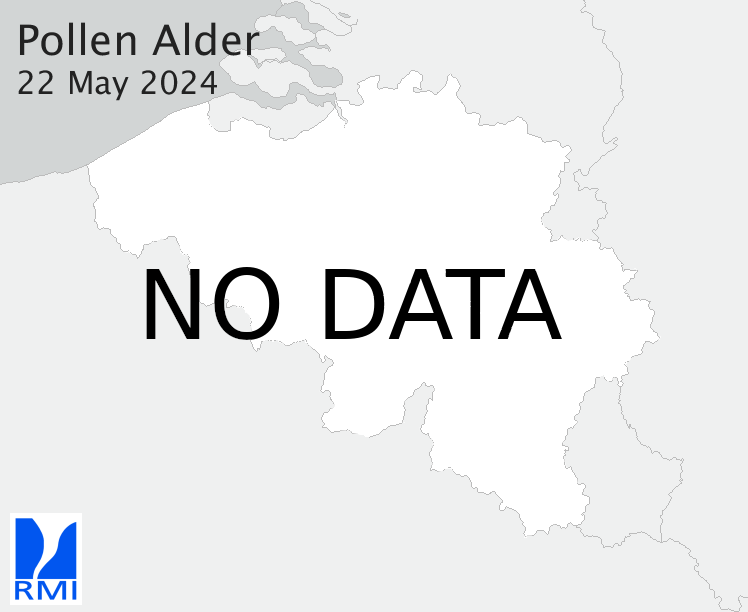
Grasses
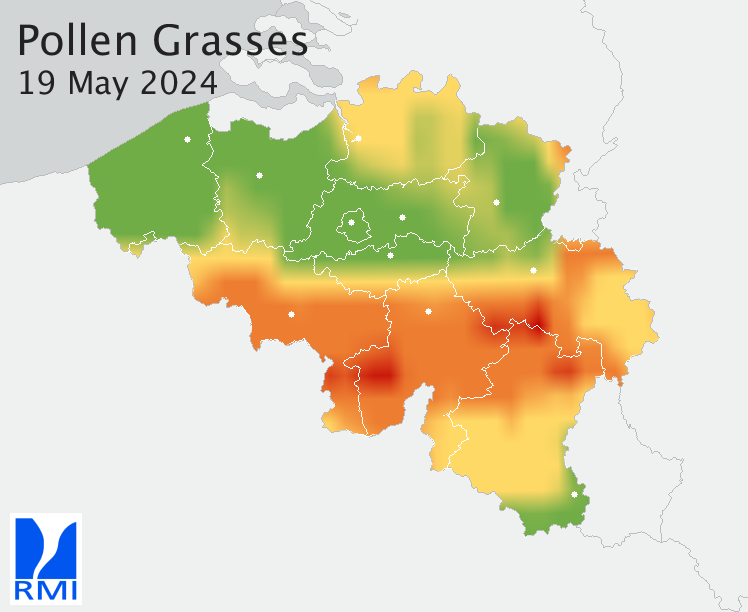
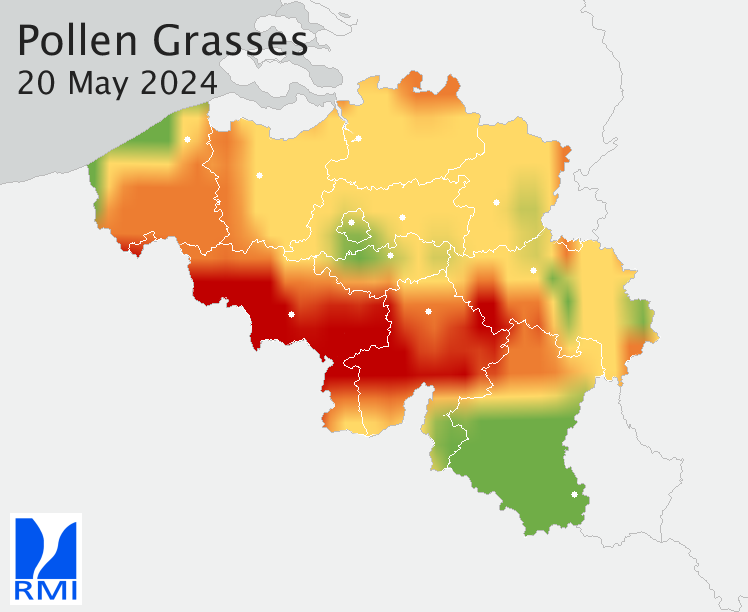
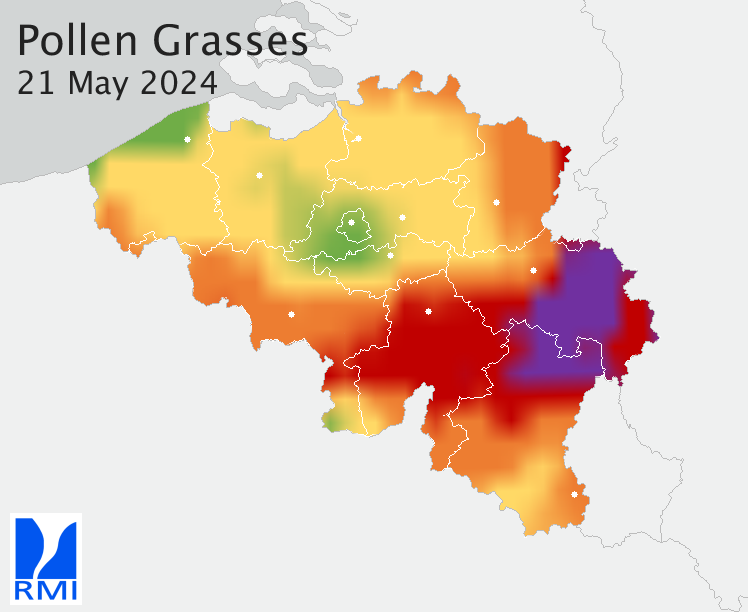
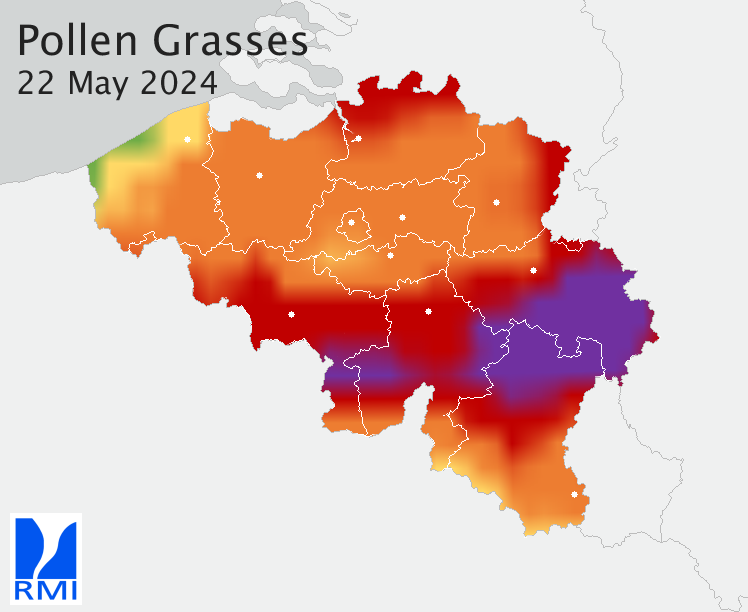
| Color | Level | Risk |
|---|---|---|
| Null | No pollen grains are expected in the air. The risk of symptoms is theoretically absent, although very local exposure can trigger allergies. | |
| Low | Low concentrations of pollen in the air are expected. For very sensitive people, these few pollen could induce allergy symptoms. The usual avoidance measures are already recommended. | |
| Moderate | Moderate concentrations of pollen in the air are expected, causing symptoms for people with pollen allergies. The usual avoidance measures are recommended. | |
| High | High concentrations of pollen in the air are expected. Many people who are allergic to this pollen are likely to develop symptoms. The usual avoidance measures are recommended. | |
| Very high | Very high concentrations of pollen in the air are expected. Most people who are allergic to this pollen are likely to develop symptoms. It is strongly recommended to avoid all outdoor activities. |
The information about expected pollen allergies and hay fever is based on the SILAM pollen transport model. The basic model comes from the Finnish Meteorological Institute. In collaboration with Sciensano, the RMI has adapted this model specifically for Belgium. Sciensano's Mycology and Aerobiology department has decades of pollen observations in Belgium and supports the pollen model and pollen allergy risk estimation.
For more information on the allergenic pollens, please visit the website www.airallergy.be of Sciensano.
